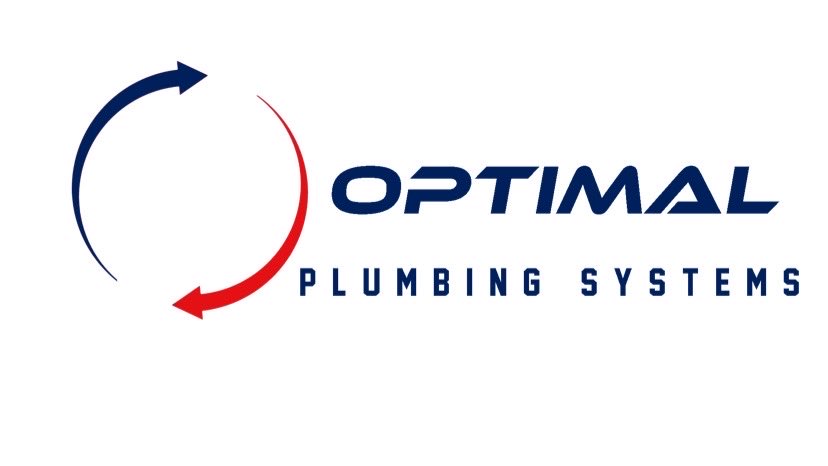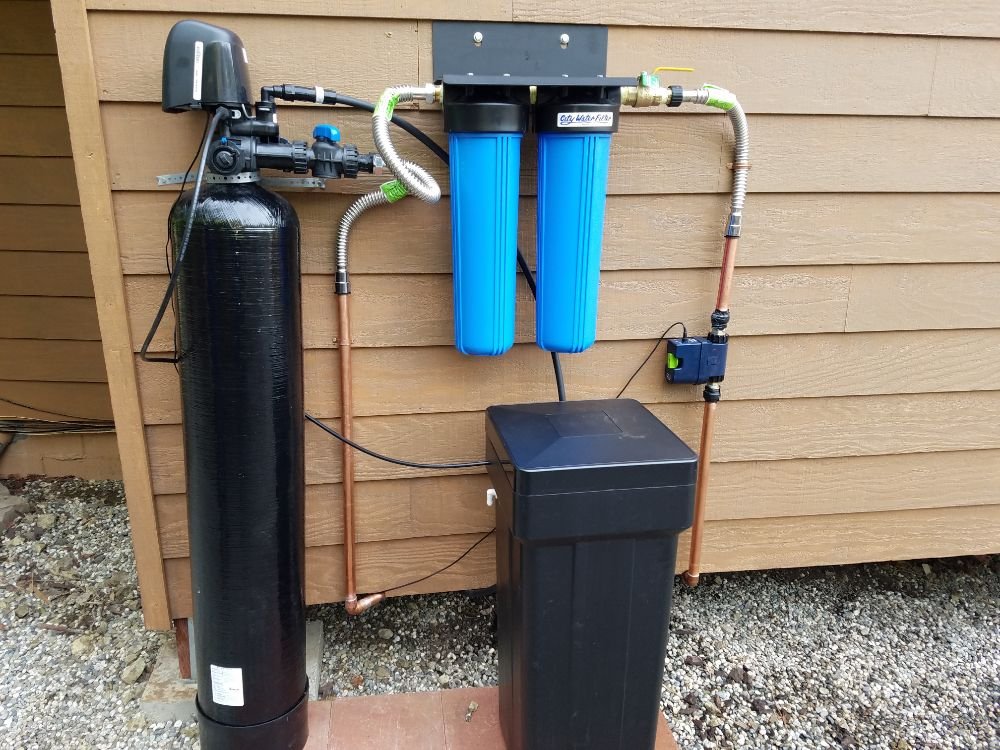Water is one of the most important substances in your life, second only to oxygen. You drink at least half a gallon of water every day, and you constantly come into contact with it when you:
- Brush your teeth
- Shower
- Wash your hands
- Rinse produce
- Water plants
So what do you do when you can’t trust your water quality? You spend money on bottled water and pitcher filters every month.
At Monkey Wrench Plumbing, we know all about poor water quality. That knowledge includes our Los Angeles service area and all of the US. We’ve seen how water quality affects homeowners every single day. Your health is important; that’s why we want to make sure you know how to protect yourself and your loved ones with water filtration.
By the end of this blog, we promise you’ll know what a water filter is, what it does, and how it works. With this knowledge, you can take charge of your water’s quality.

What is a Whole-House Carbon Water Filter?
A whole-house carbon water filter, also known as a water conditioner, is a device that takes anything out of your water you don’t want. When water gets pumped through the carbon filter, it comes out fresh, clean, and safe to drink.
Chances are you’re already using a miniature version of a water filter right now in the form of a pitcher filter. However, unlike pitcher filters, whole-home carbon filters will make all of the water running through your home clean. That means no matter what you use your water for, it’s free from chemicals and other contaminants.
There are two types of these filters:
- Whole-house carbon filters – Filters chemicals and other things out of your water.
- 2-in-1 filters – Filters out everything a whole-home carbon filter does, but it also provides soft water. A 2-in-1 filter is considered a filter and a water softener.
Plumber’s Choice whole-house carbon water filters

What Do Carbon Filters Remove From Your Water
There are many different chemicals whole-house carbon water filters can remove. They are:
Chlorine and Chloramines
Chlorine and Chloramines are chemicals added to your municipality’s water supply that kill disease-causing bacteria. These disinfectants are the reason LA water doesn’t smell or taste good. They also dry out toilet flappers and the seals for your pipes.
Disinfectant Byproducts
When chlorine interacts with other things in the water, it creates disinfectant byproducts. Some believe that disinfectant byproducts may cause cancer. However, studies on these byproducts are currently ongoing.
Volatile Organic Compounds (VOCs)
VOCs are any solvents, pesticides, and herbicides that end up in your water. The Safe Water Drinking Act does not cover these compounds, so they are not tested for by your city.
Fluoride
Fluoride is added to city water to help prevent tooth decay. Some people worry about the effects it has on overall health. The CDC, however, has stated it is safe.
How A Water Filter Works
How does a whole-home water filter work? It goes through this process:
- Water from the city enters your filter tank
- The water runs down through the carbon in the filter
- The carbon in the tank catches water contaminants
- Clean water exits your fixtures
It’s as easy as that!

Your carbon filter will automatically clean itself by going through what’s called a regeneration process. This process usually happens every three weeks, and you can schedule it to run when you’re asleep.
During this process, the filter tank will go through a series of backwash cycles. A backwash is when water moves backward through the filter. This process gets rid of anything the filter may have caught. To do this, the tank will:
- Stop filtering water from your main water line
- Backwash the water in the tank, so it goes out a drain line
- Pause backwashing to dislodge anything still stuck in the filter
- Repeat steps 2-3
- Rinse all the carbon to start with a clean slate
- Start filtering again
The carbon in the filter tank can last you over thirteen years for a family of four, so you don’t have to worry about it for a long time! When the carbon is depleted, just call a plumber, and they’ll replace it.
Inside a water filter

Water Filter Next Steps
Whole-house carbon water filters give you safe and clean-tasting water by removing chlorine, chloramines, disinfectant byproducts, VOCs, and fluoride. Not to mention, it can provide you with peace of mind.
Now that you know what water filters can do, you may want to learn how to test for some of these substances in your water. Read these simple guides to learn about how to test your water and some common questions about them.
- The 5 Steps of a Water Chlorine and Chloramine Test
- 5 Common Questions About Water Testing
- How to Test for Hard Water: The 5 Simple Steps
If you want to learn more about water filtration in general, read about your options in these brief articles.
- Flow-Tech: What It Is and How it Saves You Cash
- Water Softeners: A Crash Course
- Water Filtration: Water Softener vs. Flow-Tech
When you’re ready to take control of your water’s quality, call us at +19169176280 or fill out our online form here to get your whole-home carbon water filter installed today.

